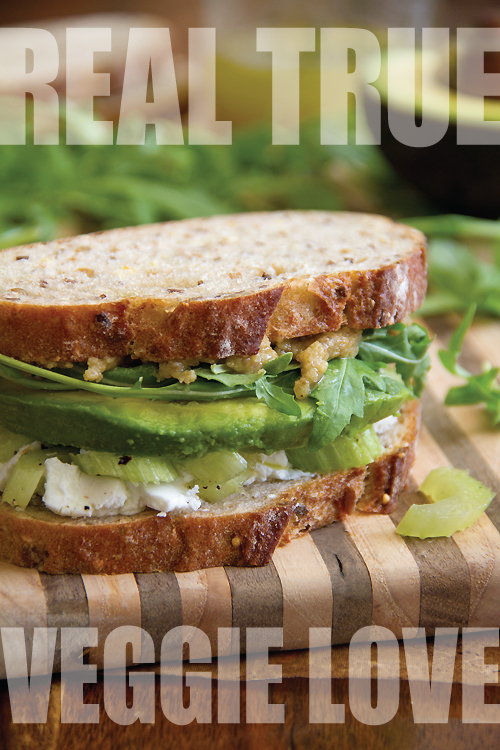
Choosing the right seafood. That’s a subject I’ve tackled many times in the past. From the earliest days of this blog, I’ve put time and effort into choosing the right seafood and trying to explain why.
For me “right” means environmentally responsible. I want to make the “right” choice to assure that those tasty tidbits from the sea are available for future generations to enjoy. In the past, I’ve relied on Seafood Watch. They’re a great organization. But they’re providing information to a global audience, which means their rating system can be confusing. “Best Choice” is often accompanied by caveats like “pole-caught” or geographic notations that are not always clear to the consumer.
Lately, I’ve been using simpler criteria for choosing the right seafood. I buy American. I say this not because I am American and I want to support American fishermen and fisherwomen. Although that’s a nice bonus I admit. No, I would say to you “buy American” even if you lived in England, Norway, or China. Which might piss off a few English, Norwegian or Chinese folks I know.
So let me explain myself. Buying American seafood makes sense no matter what motivation drives you (or where you live). The United States has the most sustainably managed fisheries in the world. But it wasn’t always that way. It took the collapse of several of our fish and shellfish stocks for us to see the path forward.
Starting in the 1980s our famed New England cod fisheries began to disappear. The trend continued on the west coast with the salmon fisheries. So without too much pushback from the public “big government” stepped in and set policies of sustainability by 2010 in all U.S. fisheries. The decision was painful in the short run. I’m sure there was tremendous financial hardship in the fishing industry. But time has proven that the United States took the right path.
While the U.S was closing fisheries and taking a short-term hit on the economy of commercial fishing, the European Union chose a different direction. They took a more market-based approach. Letting demand guide the harvest. In general, they overfished their fisheries for decades. The rest of the world followed their example.
A worldwide study in 2011 brought the bad news of that bad decision. It’s estimated that 90% of the world’s big fish (sharks, tuna, and the like) have disappeared. Consumed by a hungry population.
But if you look at the U.S. fisheries separately and independently you’ll see that 2/3 of our fisheries have bounced back from near depletion to levels that should be sustainable.
I bring this up because I’m in Florida. When I’m in Florida I like to cook things that I don’t always get to enjoy in California. That often means certain kinds of seafood.
I usually buy my fish at a fish market. The one I like here is called Ward’s Seafood. They only sell locally caught fish so I know it’s fresh. But sometimes there just isn’t time to get up to Clearwater. Then I go to Publix. It’s a perfectly fine grocery store, but it’s just the sort of place you have to carefully navigate the seafood counter. I was there recently, nose pressed to the glass madly searching through my Seafood Watch app, when I woman next to me sighed and said. “Choosing the right seafood is so hard”.
That’s when it hit me. “Yes it’s hard,” I said, hoping I wasn’t oversimplifying. “But if you buy American you can be fairly certain you’re doing the right thing”. I thought she was going to hug me as she purchased 2 pounds of Florida grouper. I chose blue crab for these Blue Crab Cakes with Raw Corn, Okra, and Key Lime Succotash. I could have hugged myself too, but I settled for a pinch. GREG
I have to thank Alaska Seafood for helping me come to this place of peace in my seafood buying choices. The information I picked up on my trip to Alaska has helped me better understand this complex subject.





One tip — good quality fish should not have a smell. Sometimes fish juice gets out and causes a smell, but the flesh itself should not have a fishy odor.
Thanks for this article and great recipe! I’m a late bloomer at gardening and on my second year growing food in my front yard and have a web series about it, “Late Bloomer.” I ate all my corn raw last year and am also growing okra, so I’m eager to try this recipe! Thanks, and I hope you will visit.
I am all for supporting local fishermen (and women) and do so whenever I buy fish these days. Now okra farmers.…that’s a different story 😉
Thank is great information, thanks Greg. I am really liking all the font and the grouping at the bottom of the page really highlights all your great photography.
The boyfriend never understands why the salmon I buy costs so much…but it’s because I’m so concerned with getting the right kind! Definitely makes a world of difference.
Thanks so much for this article, you simplified an extremely hard and baffling decision. Nicely done.
Ah, fellow Southerner- so glad to see okra make an appearance here. And so glad to hear of good government at work- yes, it happens!
Me, too! My hubby hates okra, but I planted two varieties! It’s in my front yard, so I can always give it away!
I don’t eat crab but these look so awesome!! I think I’ll have to try them and substitute the crab for chicken or salmon!! Yum!!!
What a great post! And these crab cakes — yes! I’ve made crab cakes once before but that’s about to change VERY soon!
I know there are lots of labels and terms thrown around, but from what I see in the market, if you hid all of the labels and just picked the freshest, cleanest looking seafood, it is going to be the American wild caught. The farmed Indonesian stuff just LOOKS off to me.
Always great info, Greg! And these crabcakes looks insanely delicious. BTW, love the new web site look…
I agree with this philosophy and will always choose USA seafood, rather than abroad (Chile, Vietnam, etc.) It just seems to make the same sense as when buying produce locally and “to the season,” rather than product that’s been shipped thousands of miles away. After that, I just need to be sure that when I ask the fish monger, “has it been frozen before?,” he/she will give me an honest answer.
Thanks so much for this post. I could just hug you, too! I am always struggling with my seafood decisions…love how you just simplified it!